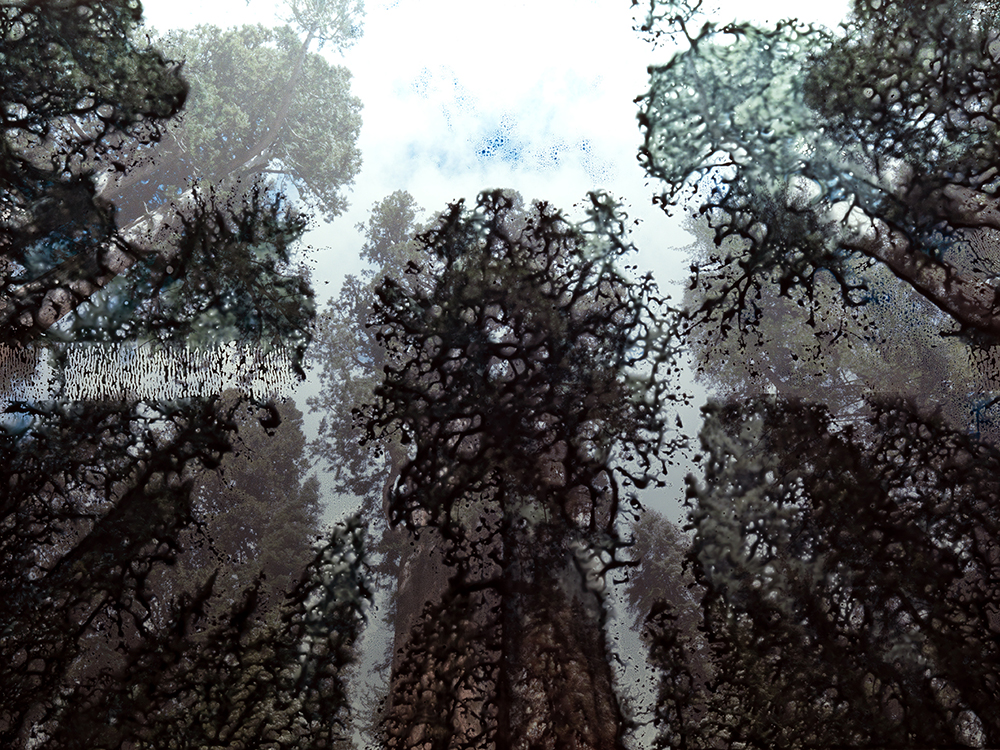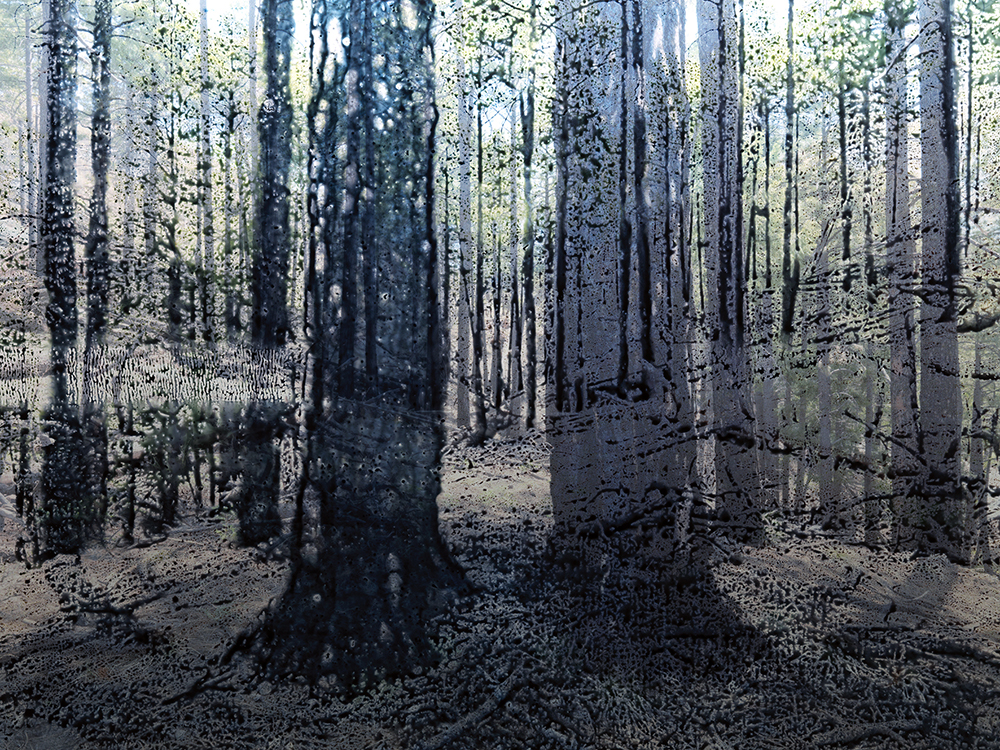LAZNIA 2 2014 - Dong Yoon Kim Artist in Residency and Research
Dong Yoon Kim
Queen’s race
Exhibition period: 13.02-08.03.2015
Residency period: August – November 2014
Curator: Aleksandra Księżopolska
Photographic and video installation presented in the frames of the exhibition were an effect of a 3 months residency in CCA Łaźnia.
Queen’s race
Dong Yoon Kim’s exhibition titled Queen’s Race was arranged in a shape of a maze. With the help of photography and video Dong Yoon Kim investigated aspects of the relationship between humans and the space, its private and public sphere. Design of the exhibition serves as a vehicle to depict multiple layers of human identity where one can easily loose sense of direction. The maze in Dong Yoon Kim’s installation could be traced to a forest, city square, playground, highway and a school building. These places seemed to overlap, penetrate one another, unlock clues and multiply its consecutive layers.
Title of the exhibition referred to the evolutionary hypothesis of the Red Queen, tracking the boundaries of human knowledge. Theory formulated by the American palaeontologist Leigh Van Valen in 1973, has been used in various fields including biology and political science. Figure of the Red Queen comes from Lewis Carroll’s novel Through the Looking Glass.[1] Work that had been written over a hundred years ago, seems to be more valid today than ever before. Alice pulled by the queen to the mad race, reaches the same spot, where they took off from. The act of running served only to maintain the status quo. It takes all the running you can do, to keep in the same place, said the queen, who perpetually runs through her life yet gets nowhere.
While running, there is no space for determination of one’s own identity, conscious self-reflection and questioning ourselves. Questioning that can build necessary basis for one’s own accurate assessment, our relationships with the surroundings and taking a random decision as to which paths of the maze to follow. We become immune to new experiences when focusing more on the destination rather than the way itself. Lack of reflection and experiences creates the non-places derived from the title Queen’s Race. The void in respect to the relationships and experiences does not allow us to fill those non-places with essence, feelings, memory.
Dong Yoon Kim explores the relationship between individual and collective memory, emotions encoded in the human subconscious and the physicality of places. Physicality, which the artist defines precisely through the concept of non-lieux, non-places, derived from the French anthropologist Marc Augé. Returning to the cities and areas where the artist lived (Arizona, Seoul, London), Dong Yoon Kim collects the actual non-places, anonymous spaces of everyday use, associated only with temporary identity. Moving through the consecutive rooms of the maze we discover quasi – real spaces. In squares, parks, playgrounds, the artist searches for related traces of hidden relationships, human memory. "Supermodernity [...] naturally finds its full expression in non-places. Words and images in transit through non-places can take root in the -still diverse- places where people still try to construct part of their daily life.”[2]
[1] L.Carroll, Through the Looking Glass, Wydawnictwo Vesper, 2012
[2] M. Auge, non-places, Introduction to an Anthropology of Supermodernity, Verso, 1997, p.109








 BIP
BIP